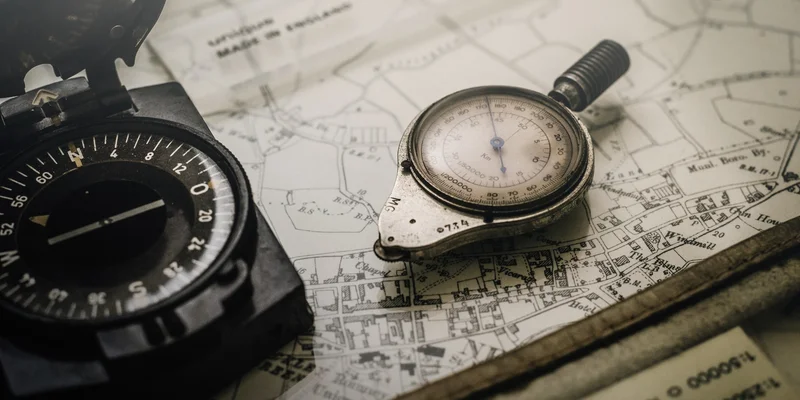Show menu on image hover

To display a menu overlay when the user hovers over an image, you can use a combination of HTML and CSS techniques. Start by using a <figure> element to wrap both the <img> element and a <nav> element that will contain the menu links. This structure allows you to control the layout and positioning of the image and the menu.
To create a sliding effect, use the opacity and right attributes to animate the image on hover. By adjusting these properties, you can make the image appear to slide to the side, revealing the menu. Additionally, set the left attribute of the <nav> to the negative of the element's width. When hovering over the parent element, reset the left attribute to slide the menu into view.
For the menu items, use display: flex, flex-direction: column, and justify-content: center on the <nav> to vertically center them. This ensures that the menu items are evenly spaced and aligned in the center of the menu overlay.
See the embedded CodePen
<figure class="hover-menu"> <img src="https://picsum.photos/id/1060/800/480.jpg"/> <nav> <a href="#">Home</a> <a href="#">Pricing</a> <a href="#">About</a> </nav> </figure>
.hover-menu { position: relative; overflow: hidden; margin: 8px; min-width: 340px; max-width: 480px; max-height: 290px; width: 100%; background: #000; text-align: center; box-sizing: border-box; } .hover-menu * { box-sizing: border-box; } .hover-menu img { position: relative; max-width: 100%; top: 0; right: 0; opacity: 1; transition: 0.3s ease-in-out; } .hover-menu nav { position: absolute; top: 0; left: -120px; width: 120px; height: 100%; background: #000; transition: 0.3s ease-in-out; display: flex; flex-direction: column; justify-content: center; } .hover-menu nav a { display: block; color: #fff; opacity: 0.8; position: relative; transition: 0.3s ease-in-out; } .hover-menu:hover img { opacity: 0.5; right: -120px; } .hover-menu:hover nav { left: 0; opacity: 1; }



